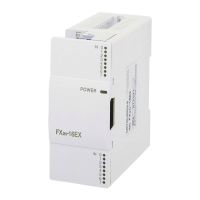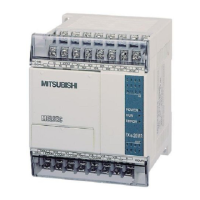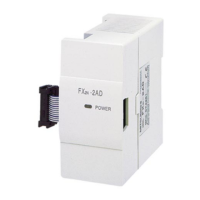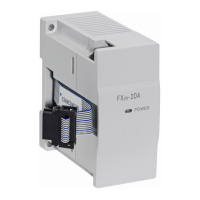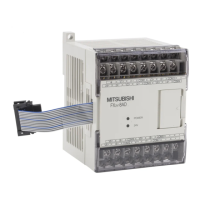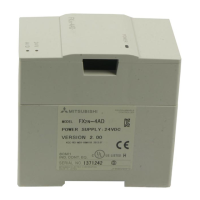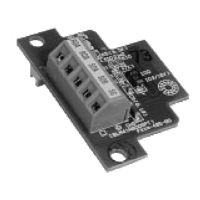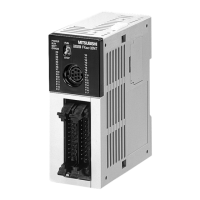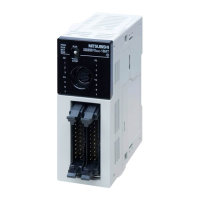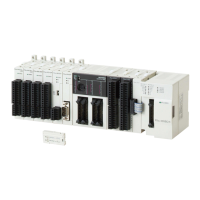Do you have a question about the Mitsubishi Electric FX2N-10PG and is the answer not in the manual?
Offers critical advice for designing safe and reliable systems using the product.
Highlights safety precautions and environmental considerations during installation.
Details the connection methods between the FX2N-10PG and various Mitsubishi PLCs.
Shows the internal circuit diagrams for input and output terminals.
Describes how to connect external devices to the unit's input terminals.
Explains how to connect the unit's output terminals to external devices.
Provides wiring diagrams for connecting the unit to a stepping motor driver.
Shows wiring diagrams for connecting to Mitsubishi MR-C series servo amplifiers.
Details wiring diagrams for connecting to Mitsubishi MR-J series servo amplifiers.
Provides wiring for MR-J2 series servo amplifiers, including variations.
Shows wiring diagrams for connecting to Mitsubishi MR-H series servo amplifiers.
Details wiring diagrams for connecting to Mitsubishi MR-J3 series servo amplifiers.
Provides wiring diagrams for connecting to Mitsubishi MR-JN series servo amplifiers.
Details wiring diagrams for connecting to Mitsubishi MR-J4 series servo amplifiers.
Provides a comprehensive list of all buffer memory numbers, names, and their functions.
Offers in-depth explanations for specific buffer memory parameters and their usage.
Explains the bit-level commands used to control various operations like START, STOP, and jog.
Details the parameters that define different positioning operation modes.
Covers various configuration settings like unit system, rotation direction, and deceleration mode.
Covers fundamental concepts and parameters common to all positioning operations.
Explains how the STOP command affects ongoing operations and restart behavior.
Explains the function and wiring of limit switches for safe operation.
Describes the manual jogging control mode for precise positioning.
Explains how jog commands initiate forward or reverse movement and stopping.
Explains the process of returning the machine axis to a home or zero position.
Provides a graphical and textual overview of the zero return sequence.
Details the basic positioning operation using a single speed profile.
Provides a graphical overview of the 1st-speed positioning sequence.
Details how the STOP command affects positioning and restart behavior.
Describes how to interrupt and resume a 1st-speed positioning operation.
Provides a graphical overview of the interruptible 1st-speed positioning sequence.
Details the positioning operation that utilizes two different speed profiles.
Provides a graphical overview of the 2nd-speed positioning sequence.
Describes how to interrupt a 2nd-speed positioning operation.
Details the operation pattern for stopping a motion sequence via an interrupt.
Explains how to create and execute positioning sequences using tables.
Describes the operation pattern for smoothly changing speed during motion.
Explains how to control motion using a manual pulse generator.
| Number of control axes | 1 |
|---|---|
| Number of Axes | 1 |
| Pulse Output Frequency | 100 kHz |
| Compatible PLC Series | FX2N Series |
| Power Supply | 5V DC (from main unit) |
| Output Type | Transistor |
| Voltage | 5V DC (supplied from the base unit) |
| Weight | 0.1 kg |
